Junkyard Find: 1971 BMW 1602

Flawless examples of the BMW New Class are worth plenty, but ratty project cars are another story; the flow of 1602s and 2002s into self-service wrecking yards continues unabated. So far in this series, we’ve seen this ’73, this ’73, this ’74, and now today’s find, a no-rust California 1602. Now, before you Rust Belt BMW fanatics start emailing me about this car, be aware that I shot these photos last October, which means that this car got crushed, shredded, and melted down at least six months ago.
It’s rough, and there’s probably hidden rust due to leaky weatherstripping and long, rainy California winters, but this car wouldn’t have been a terribly difficult restoration project. However, it would have cost $12,000 to make this into a $7,000 car, hence the junkyard trip.
Here’s a 2000 San Francisco residential parking permit, without which your car will be ticketed, towed, auctioned off, and (probably) crushed in the most ruthless parking environment I’ve ever experienced. This Area S permit worked in parts of the Mission District, Noe Valley, and the Castro, all areas in which my ’65 Impala spent a lot of time.
The interior had been picked over pretty well at the time I photographed this car, and I’ll wager that the instrument cluster didn’t go to The Crusher.
I had one of these cool-looking hazard-light switches in my ’58 Beetle, way back in my earliest junkyard-crawling days.

Murilee Martin is the pen name of Phil Greden, a writer who has lived in Minnesota, California, Georgia and (now) Colorado. He has toiled at copywriting, technical writing, junkmail writing, fiction writing and now automotive writing. He has owned many terrible vehicles and some good ones. He spends a great deal of time in self-service junkyards. These days, he writes for publications including Autoweek, Autoblog, Hagerty, The Truth About Cars and Capital One.
More by Murilee Martin
Latest Car Reviews
Read moreLatest Product Reviews
Read moreRecent Comments
- Jeff “So, the majority of our products are either ICE vehicles or intended to utilize those multi-energy platforms that we have. This is a great opportunity for us, compared to our peers, having the multi-energy platforms for all of our products in development and having the agility to move between them,” she said. From what is stated about the next generation Charger it will be released as a 2 door EV and then as a 4 door with the Hurricane turbo straight 6. I assume both the 2 door and 4 door is on the same platform.
- Brendan Duddy soon we'll see lawyers advertising big payout$ after getting injured by a 'rogue' vehicle
- Zerofoo @VoGhost - The earth is in a 12,000 year long warming cycle. Before that most of North America was covered by a glacier 2 miles thick in some places. Where did that glacier go? Industrial CO2 emissions didn't cause the melt. Climate change frauds have done a masterful job correlating .04% of our atmosphere with a 12,000 year warming trend and then blaming human industrial activity for something that long predates those human activities. Human caused climate change is a lie.
- Probert They already have hybrids, but these won't ever be them as they are built on the modular E-GMP skateboard.
- Justin You guys still looking for that sportbak? I just saw one on the Facebook marketplace in Arizona



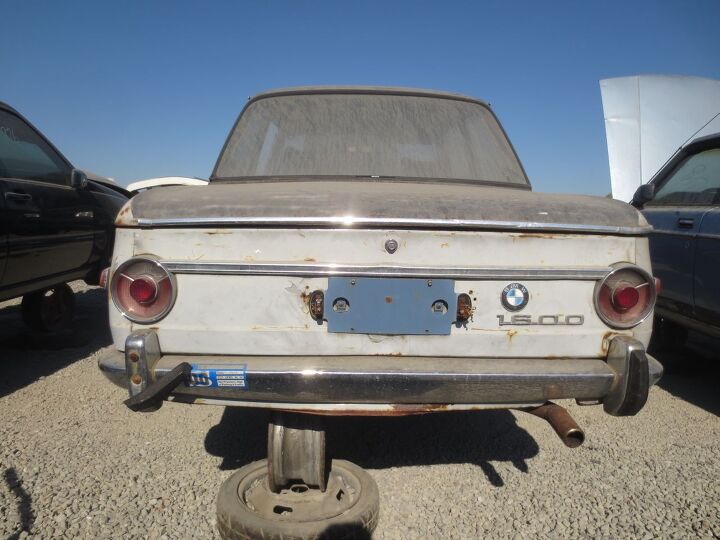

























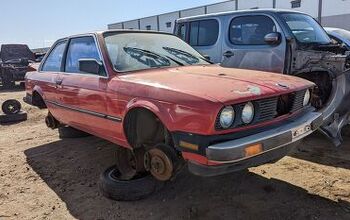
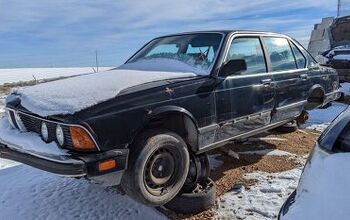
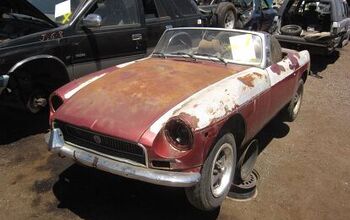
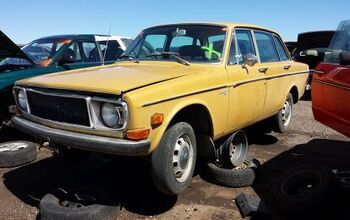






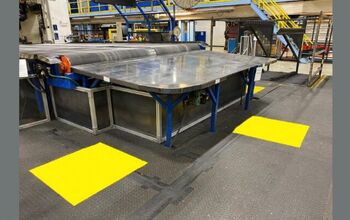






Comments
Join the conversation
I do think this was the car that put BMW on the map. As great and fun as this car was to drive, there was one car so similar, yet better. The 510 Datsun 1600 a superior car that showed the Japanese can build cheap and fun vehicles, it even developed 96hp out of the L16, a great little engine.
The low price of the 1971 BMW was a direct result of a very favorable exchange rate up until then. A dollar was worth 4 Deutsche Marks in 1969, about 3.6 in 1971, but declined to 2 by 1978. Compound that with double-digit inflation stateside and once-cheap Beetles became premium small cars. And forget about Rabbits and Sciroccos, not to mention Mercedes. It also meant that affordable 1600 was a $10,000-plus 320i yuppiemobile by the end of the decade. The dollar took a dip against the yen as well, but the decline was slower and really didn't have as much effect until the 1980's.